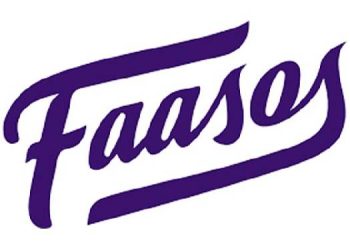HLGlobal sportswear brand Puma clocked sales of over Rs.2,980 crore in 2022 in India, up from over Rs.2,000 crore the year before.
Asked if this growth was sustainable and what explains the steady climb, Abhishek Ganguly, Managing Director, Puma India and SE Asia, said, “Yes, it is going to be sustainable. We are in a great position as a brand and also as a category. Sports and fitness in the country is witnessing a huge growth and will continue on the growth trajectory. People are playing more sports and they are wearing less formal clothes and there is a ‘sneaker-isation’ and ‘casualisation’ happening now. These factors have catered to the growth of Puma as a brand in the last three to four years. The market has expanded.”
He was speaking with MediaNews4u.com on the sidelines of the first ‘Let There Be Sport’ Conclave organised by the brand in Bengaluru on March 31, 2023, which featured cricketer Virat Kohli and footballer Sunil Chhetri. The Conclave saw speakers underlining the need to prioritise sports and fitness and integrating it as a subject in educational curriculums.
The MD attributed the brand’s growth to its digital-first approach, use of social media platforms, using key influencers, and cracking e-commerce.
“Also, we have a direct-to-consumer approach in India, when it comes to engaging with customers. All of these put together we have been able to leverage category growth because we have been in a good position to do that,” he added.
Puma India obtained around 43 percent of its business from online channels in 2021, up from 25 percent pre-pandemic. It now gets 45 to 46 pc of sales from e-commerce, with its own app contributing 8 pc and the rest from marketplaces, revealed Ganguly.
Footwear continues to be the major contributor at 55 pc of sales, while 39 pc comes from apparel and the rest from accessories – a split that has remained more or less the same from 2021.
Refusing to divulge contribution by geography, Ganguly said, “One of the reasons why Puma has been quite successful is that we have penetrated well across geographies in the country. Still, there is a lot of expansion possible, but we have done quite a lot.”
Share of women’s products has risen from the 30 percent it was in 2019, while the kids category contributes 7 pc to Puma India’s revenue. The majority continues to come from men’s products.
Asked about partnering local sports and how it has helped the brand grow in Tier 2 and 3 cities, Ganguly said, “Tier 2 and 3 cities are very important for us as a brand. Historically the penetration in those markets has been low. A lot of opportunities in the future lie in these cities. Because of the advancement of social media, people there are able to have access to these brands. People of these cities now want to have quality products of great brands. Even if we don’t have a physical presence there, e-commerce is ensuring that the entire product catalogue is available to them.”
On whether India has successfully shaken off its tag of being a ‘spectator sport’ nation, he responded, “Definitely. There is an increase in the adoption of sports and activities around fitness. There is a rise in the number of fitness centres; trainers are taking it up as a profession, there are fitness influencers. The entire ecosystem around sports has grown. These factors have contributed to the growth of Puma. But we are still scratching the surface”
The brand opened its first interactive retail store in Bengaluru in 2019 and the next one in Delhi-NCR. It plans to take the concept to more top tier cities.
“The response has been good and it’s an important part of our strategy as well. Retail today is a lot about engagement and experience. We are trying to dial up the experience in other stores as well. We are planning to expand the interactive stores to all top tier cities,” explained the MD.
Feedback: [email protected]

















